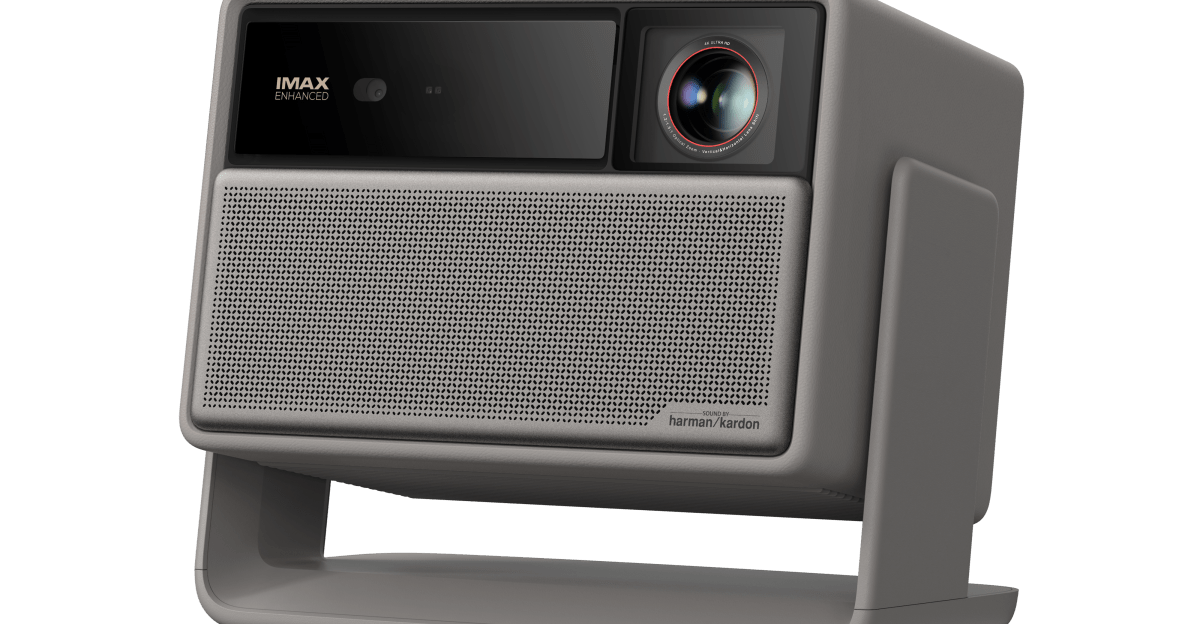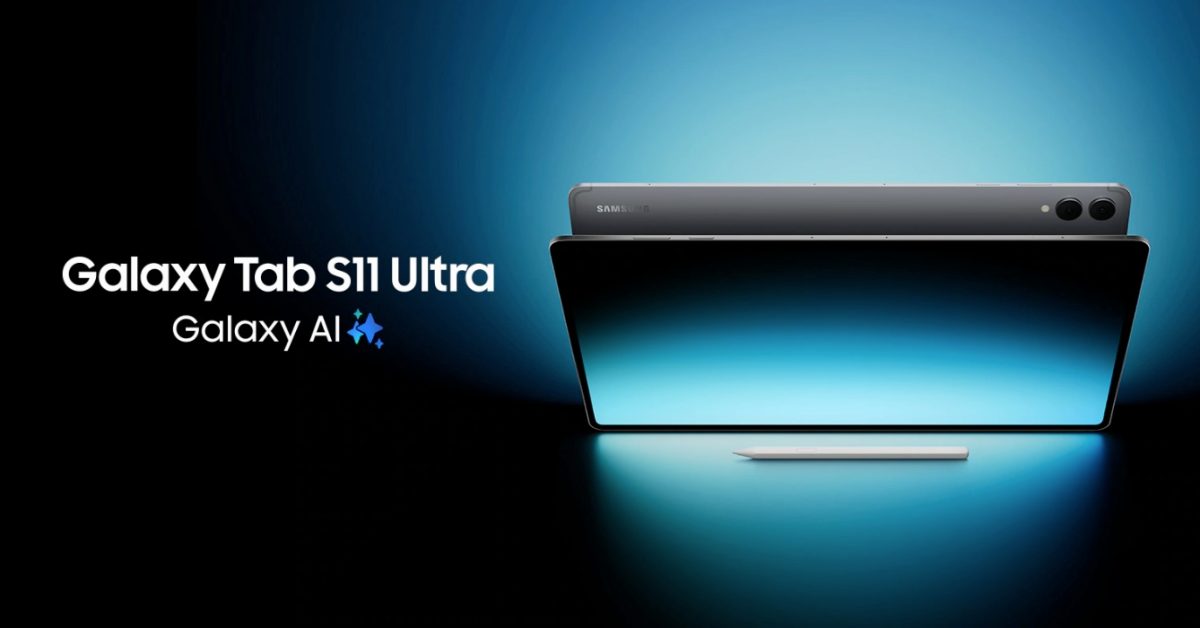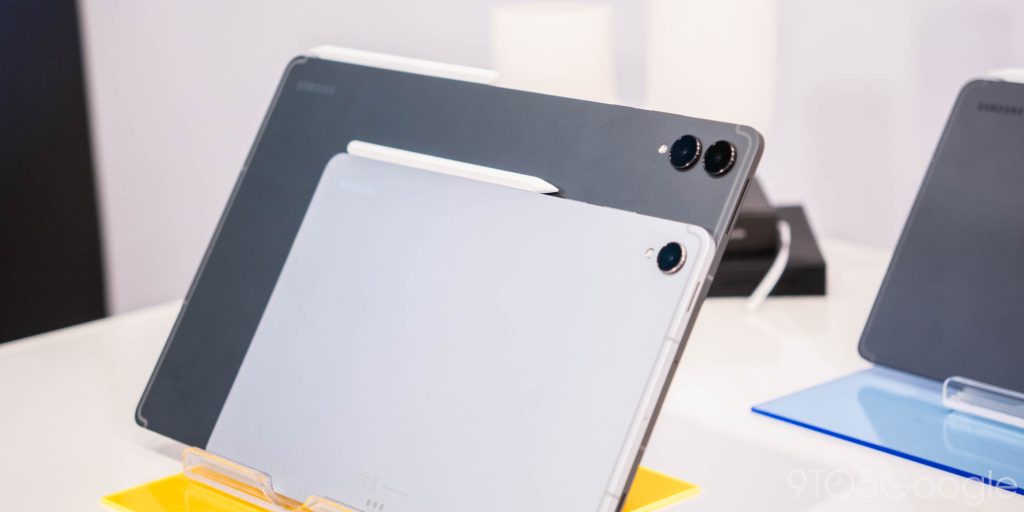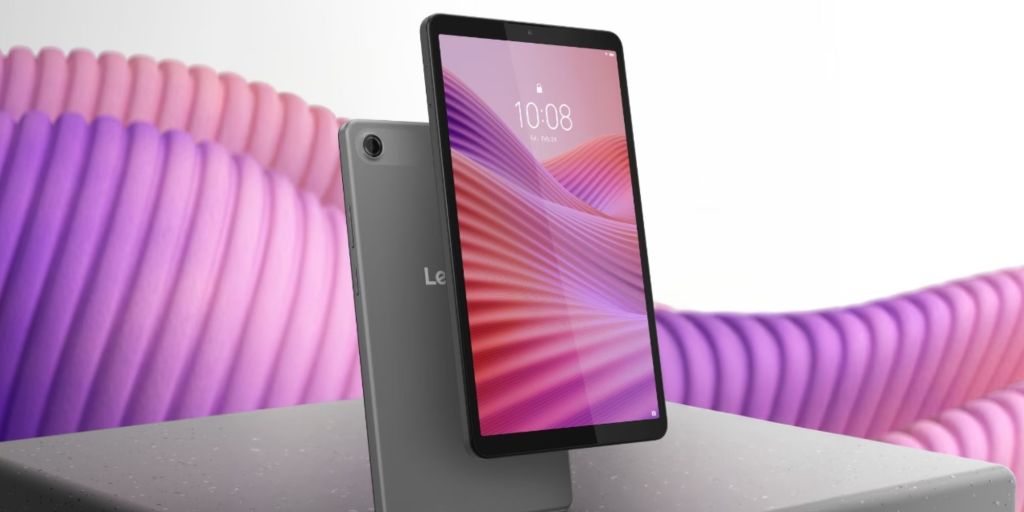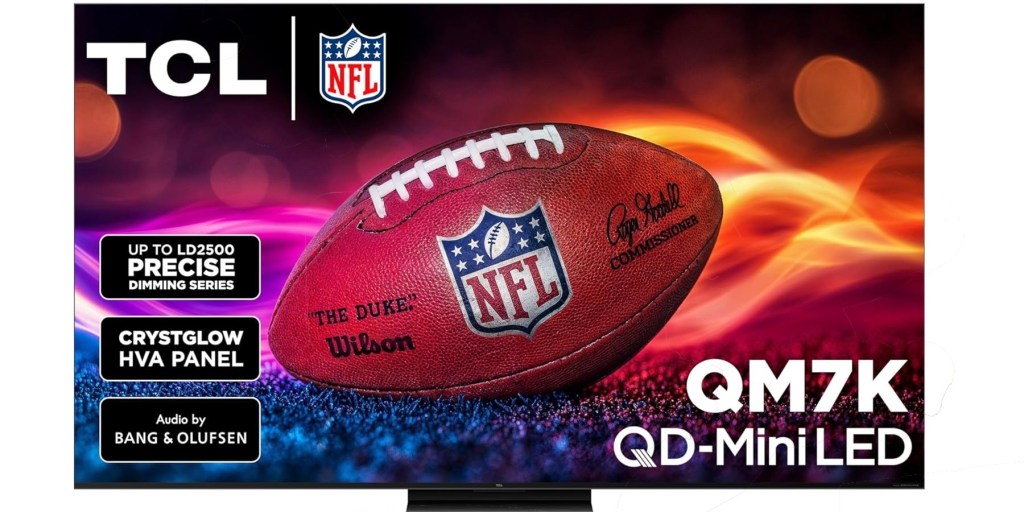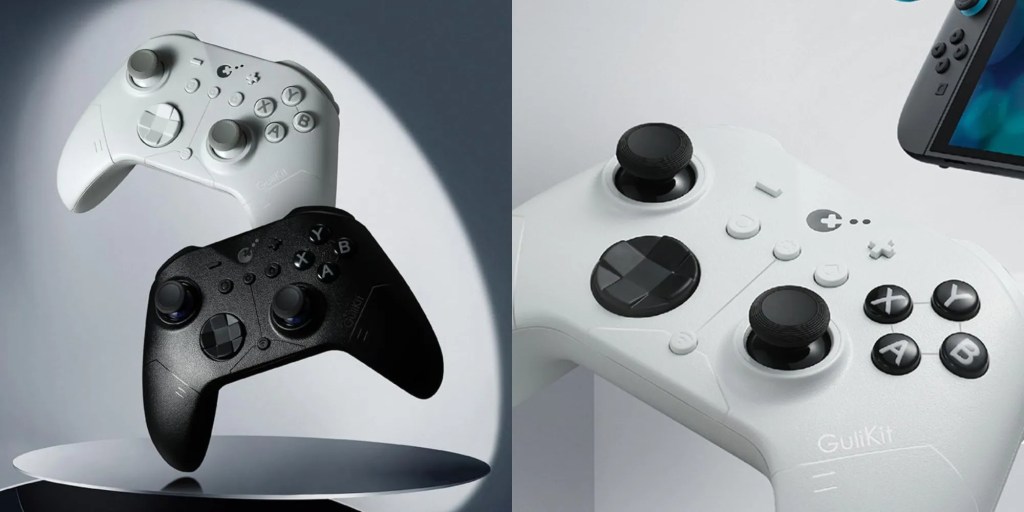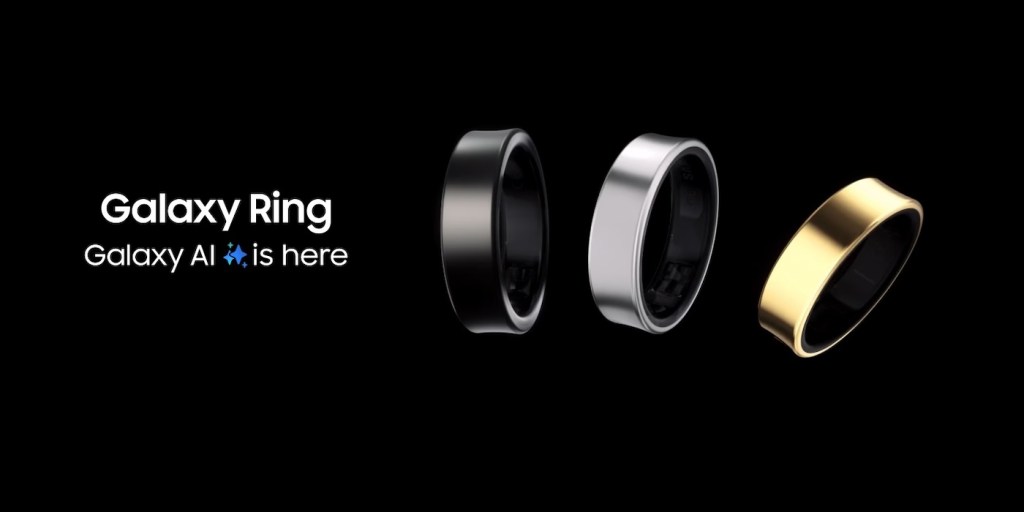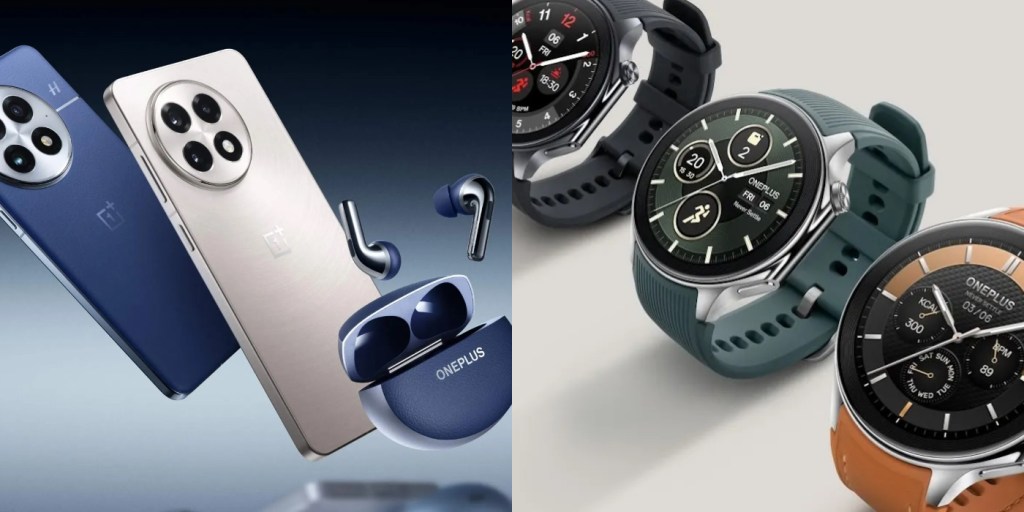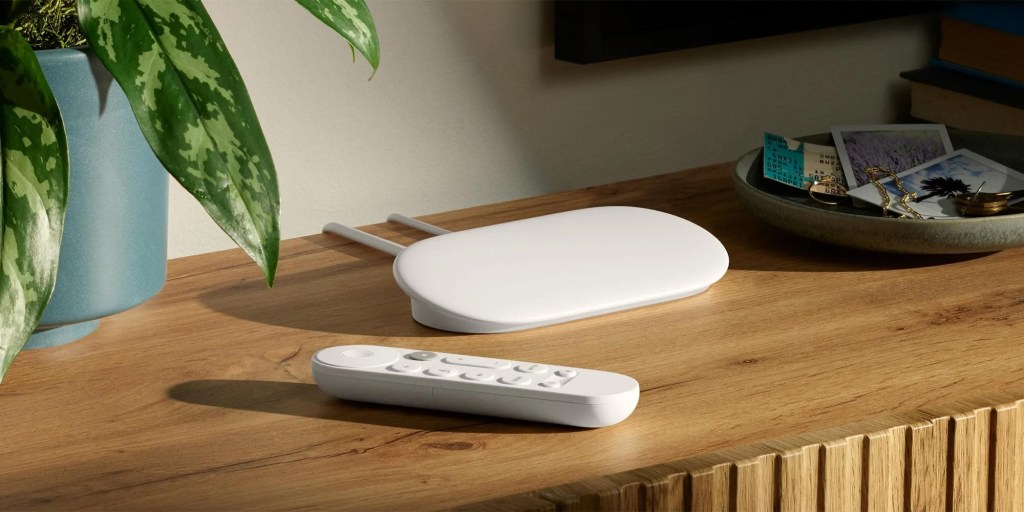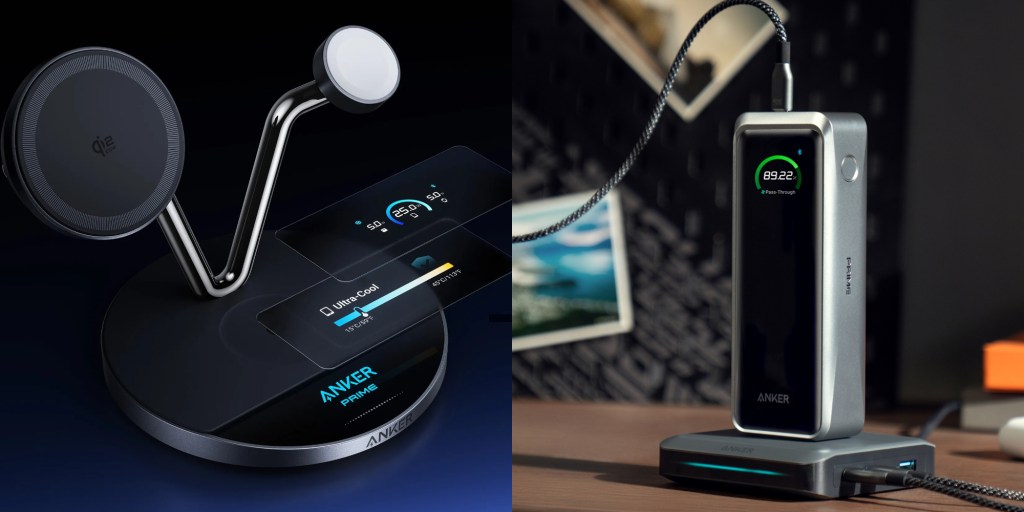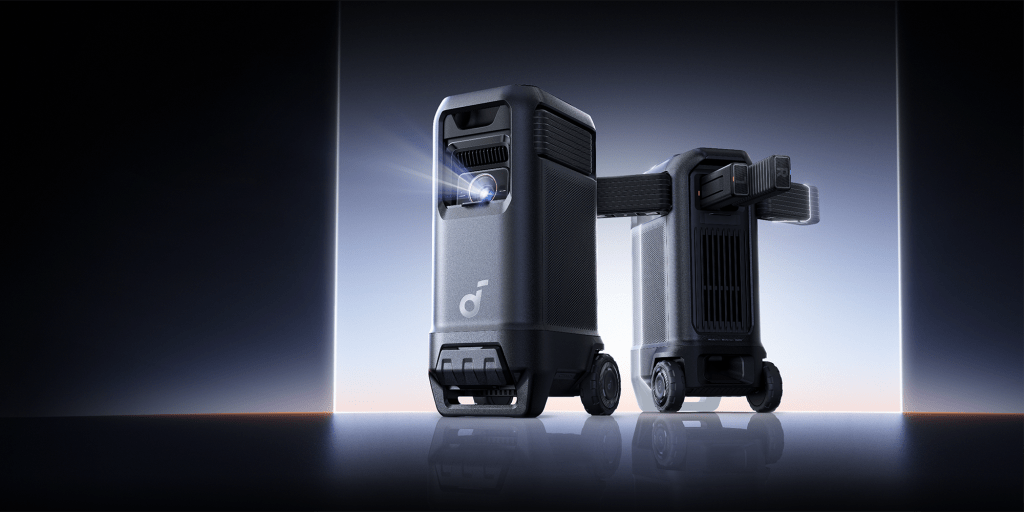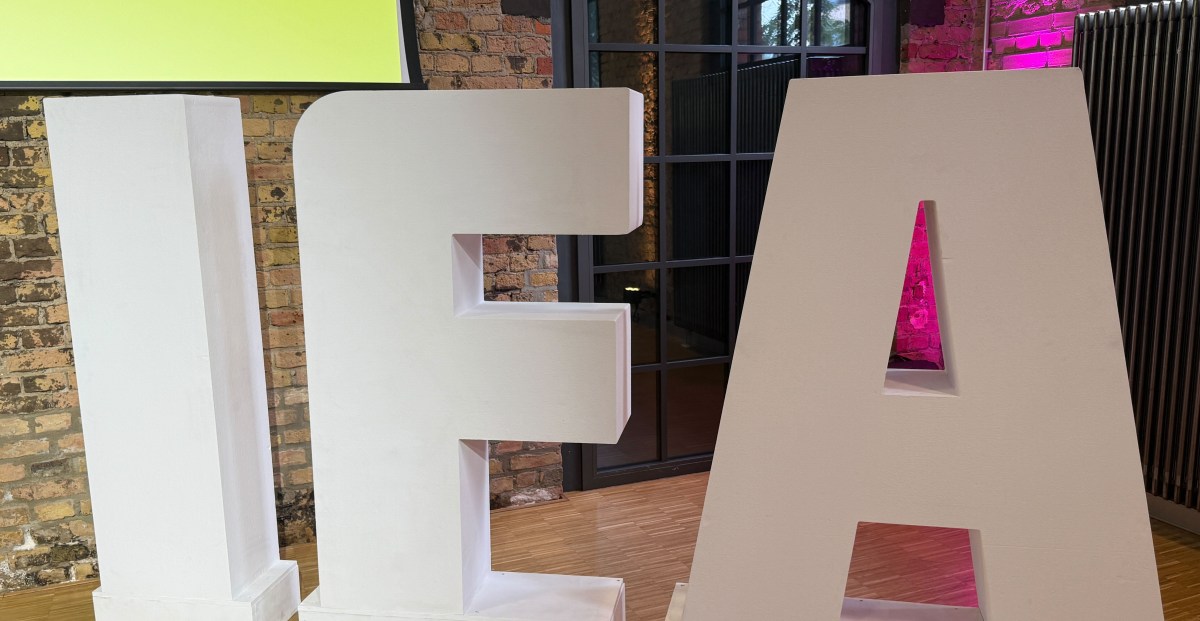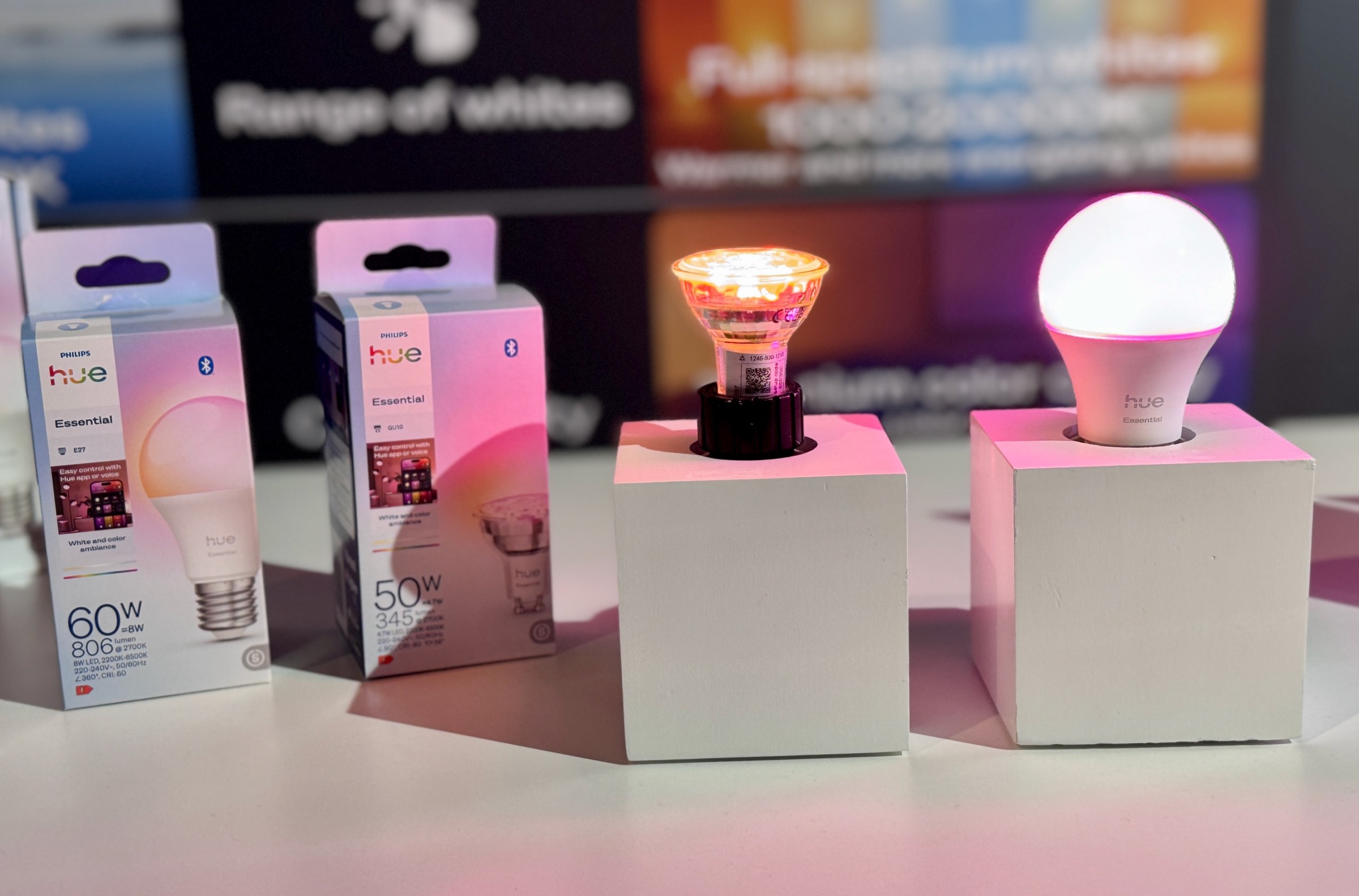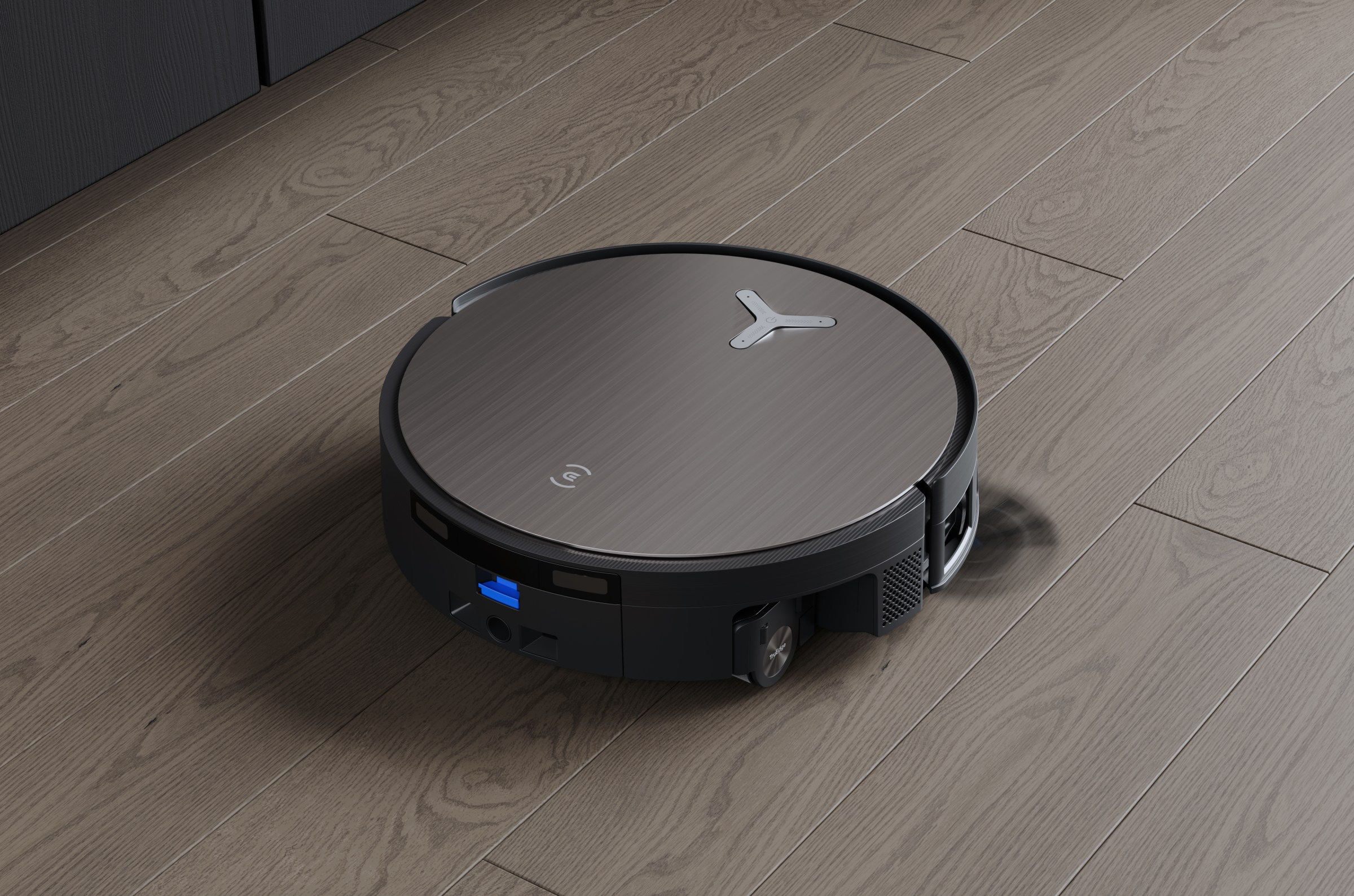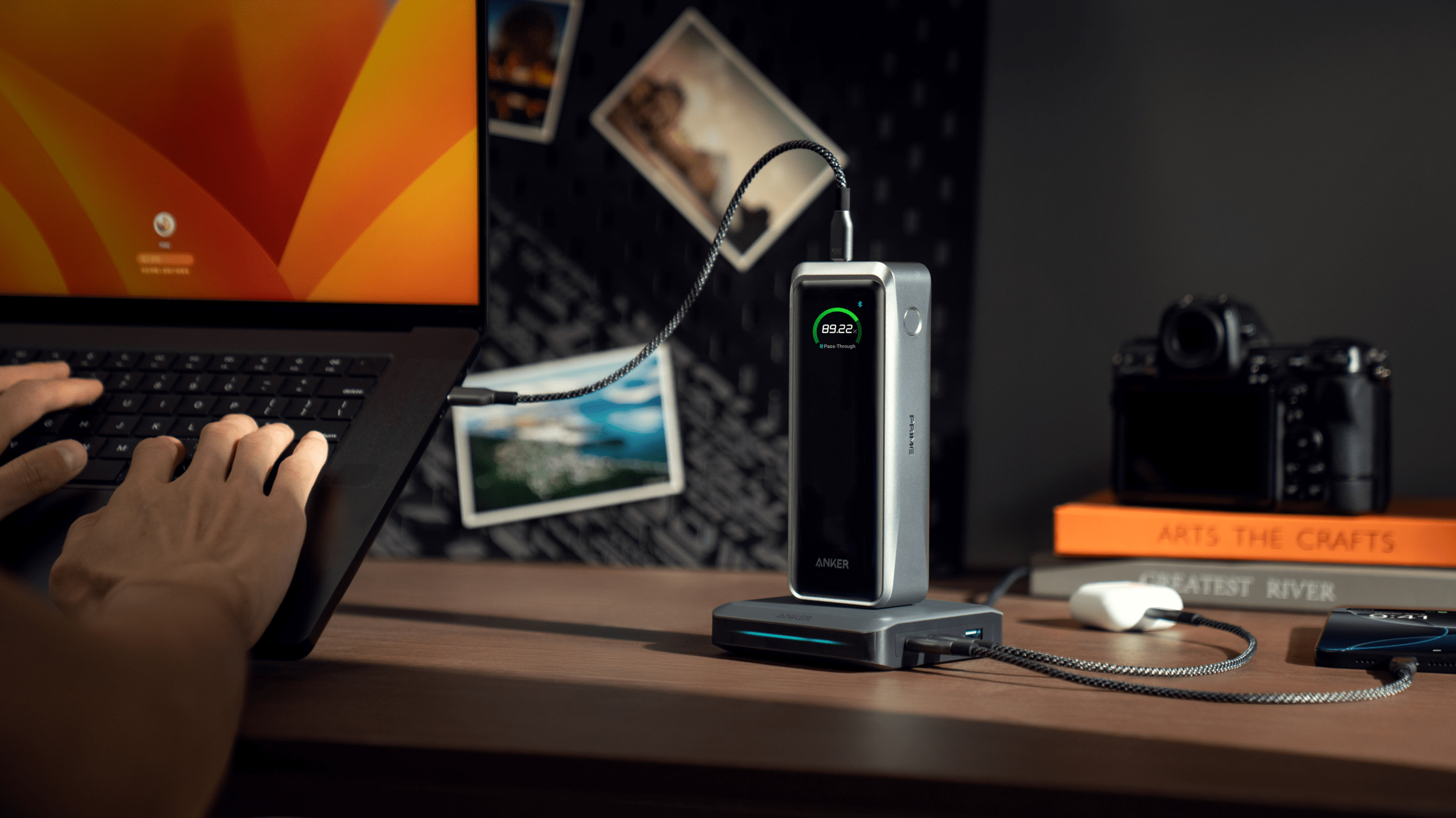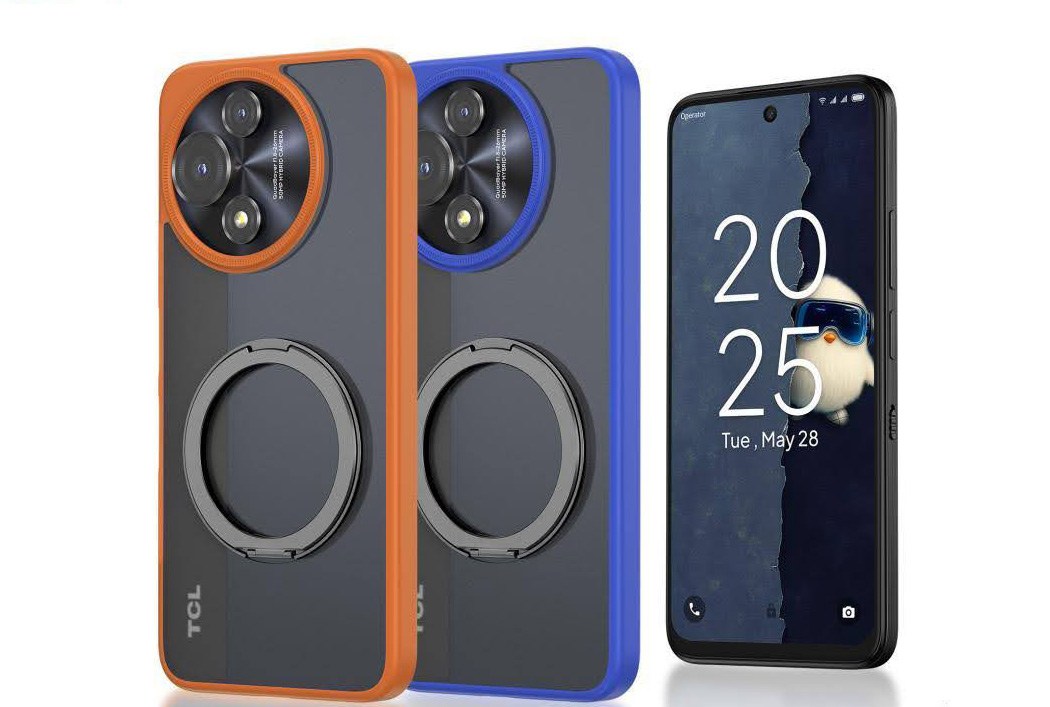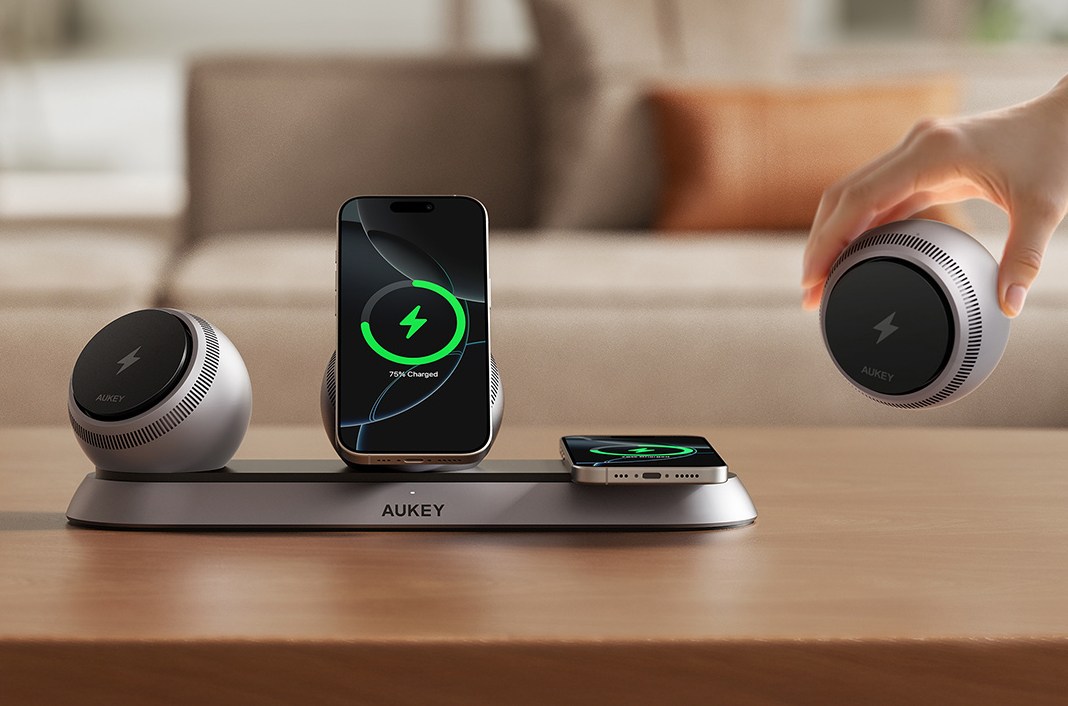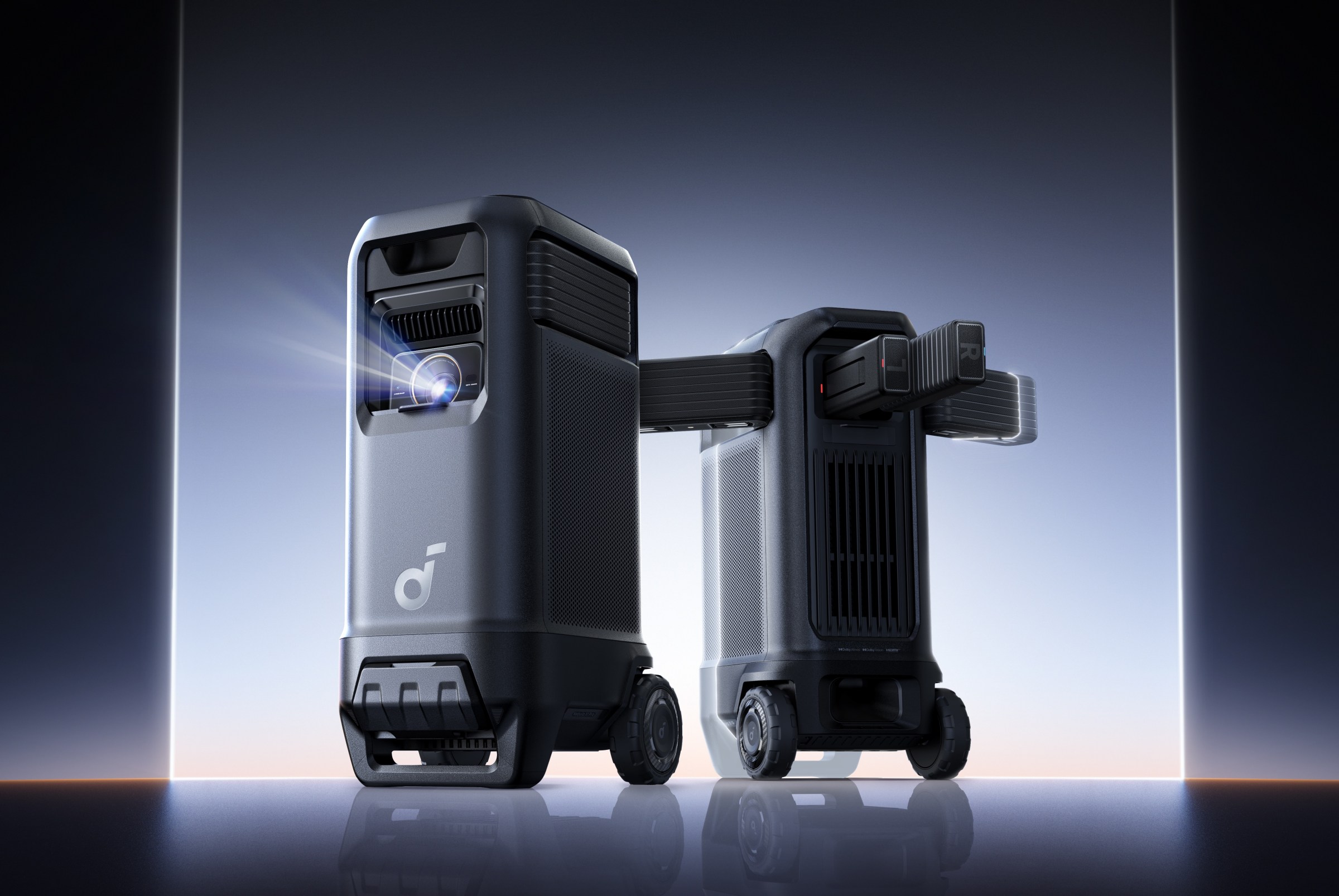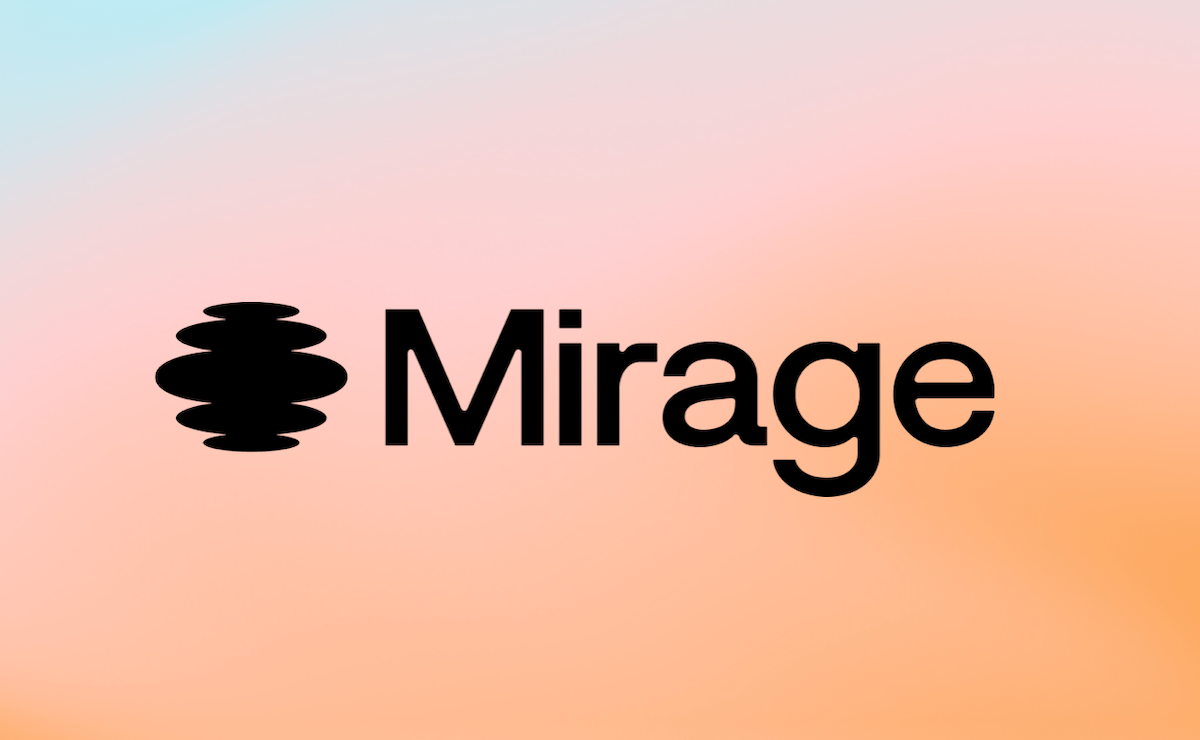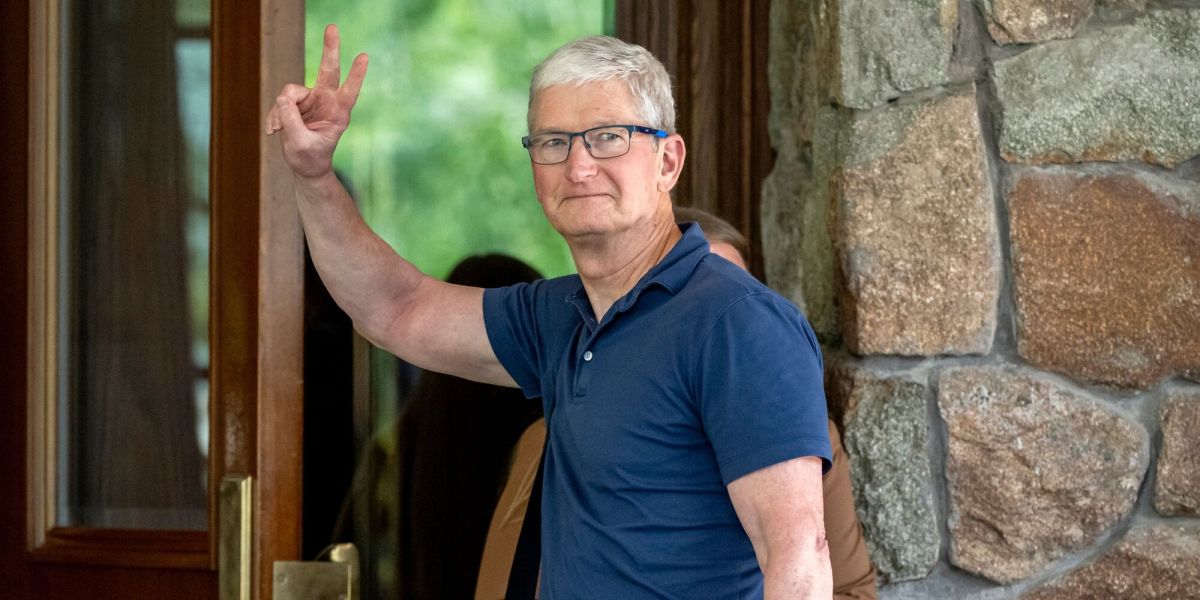The battle against cheats and hacks is a serious challenge
for games companies. A recent study as reported in
GamesIndustry.biz suggests that 80% of players across both the
UK and the US have experienced cheating in online games. There have
also been multiple reports of publishers acting against cheating
activity to protect the integrity of their online
experience.
Our article (by Aaron Trebble, Adrian
Aronsson-Storrier and Jemma Costin) on video game mods, hacks and
cheats and the Sony v Datel dispute has just been
published in the Interactive Entertainment Law Review (IELR).
The IELR is the leading academic peer-reviewed journal for legal
analysis of video games and digital interactive entertainment. This
blogpost summarises the key takeaways from our article, provides
guidance on the full range of legal tools that game developers can
use to address cheats, and updates on recent related legal
developments in Germany.
Imagine that you are a games developer or publisher. After years
of hard work and financial investment, your game – complete
with original animation, music, artwork, code and mechanics –
is ready for release. It gains traction and grows a loyal player
base … and then player mods start to alter your designs; and
cheats and hacks allow players to progress through your game in
unintended ways or, worse, to disrupt the game’s online
multiplayer experience.
Whilst it is not always possible, or commercially desirable, to
take action in the face of these activities, one option a gaming
company might consider is intellectual property (IP) enforcement.
The manufacture, distribution and use of mods, cheats and hacking
software are likely to involve acts that may infringe copyright and
will also often involve breach of the contractual terms set out in
the game’s End-User Licence Agreement (EULA).
The role of IP protection in addressing the risk of hacks and
cheats was recently considered in the EU in the Court of Justice
decision in the long running Sony v Datel dispute. This
blog post considers the implications of the CJEU decision on the
protection of video games under the Software Directive, as well as
the other IP rights than can be used by a developer to protect
their gameplay. For those who want a deeper dive into these issues,
including a discussion of the two previous occasions where the UK
High Court has considered the issue of copyright infringement in
relation to mods, cheats and hacks, please read our longer article published in the
IELR.
Mods, cheats, hacking software … what is the difference?
Mods, or modifications, are alterations of one or more elements
of a video game in ways not intended or enabled by the original
developer. Mods are software add-ons to the base game and can range
from minor cosmetic changes to extensive overhauls that add new
content or change the gameplay mechanics. Examples include
enhancements to lighting or texture, convenience mods such as
auto-loot, and new content like new characters, skins, quests or,
famously in the case of Skyrim, a mod that replaces dragon enemies with Thomas the Tank
Engine. Mods are usually created for personalisation or
enhancement in a single-player game but are occasionally used in
multiplayer games either on a private server or with the consent of
the developer. Many developers actively encourage mods to foster
community engagement, but only if they comply with a game’s
EULA. Unauthorized mods that copy or redistribute game assets or
code could be considered a breach of contract if contrary to the
EULA and/or copyright infringement under the Copyright, Designs and
Patents Act 1988 (CDPA 1988).
Cheats and hacks are activities which interfere with the
integrity of the video game or the experience of other players.
This includes tools or software that give a player an unfair
advantage in the game, often in a multiplayer environment. These
are distinguished from in-built cheats that are intended for player
use by the developer of a game, such as the famous Konami Code. Cheating can involve altering
local files or running unauthorized tools, codes or software to
provide benefits like unlimited health or resources, auto-aim
software or revealing hidden items in the game. Cheating may give
rise to a breach of contract claim if it violates the EULA. It can
also result in a copyright infringement claim if the software
copies part of the game’s code or other IP assets.
Sony v Datel – hacks before the CJEU
Following almost a decade of litigation in Germany, the CJEU in
Sony v Datel was recently asked to consider whether, and
in what circumstances, certain cheat tools can be used to
circumvent game design without infringing copyright subsisting in
computer programs under the EU’s Software Directive (which has
been implemented in the UK in the CDPA 1988). The case concerned
Datel’s ‘Action Replay’ software, which modified RAM
variables in the PlayStation Portable console (PSP). The Action
Replay software unlocked restricted features in PSP games that
would otherwise only be accessible for players after obtaining a
certain number of points. Rather than altering or reproducing the
original game’s source or object code, the Action Replay
manipulated variables transferred to the console’s RAM during
gameplay.
At first instance in Germany, Sony was partially successful in
its claim for copyright infringement. That decision was reversed on
appeal and, on further appeal to the Bundesgerichtshof (the German
Federal Court of Justice), the proceedings were stayed while the
Court referred questions of legal interpretation of the Software
Directive to the CJEU. The key question that was referred to the
CJEU was whether altering the value of a game variable without
copying or changing the game code infringe copyright in the
code?
Under Article 1(3) of the Software Directive, the expression of
a computer program (but not its underlying ideas and principles) is
protected as a literary work if it is original in the sense that it
is the author’s own intellectual creation. The CJEU recited
previous case law confirming that it is the source code and the
object code specifically which are protected, as it is the code
that constitutes the expression of the computer program. Other
elements of a computer program, such as the functionalities and its
user interface, are not protected through the Software
Directive.
The CJEU decided that altering RAM variables does not involve
copying or altering original elements of the game’s code and,
as a result, such modifications fall outside the scope of copyright
infringement under the Software Directive. As a result, the Action
Replay tools marketed by Datel did not infringe.
Implications of the CJEU decision
While Sony v Datel establishes that copyright in video
game code protected under the Software Directive may not extend to
the values of variables, its potential impact on a games
company’s ability to control hacks and cheats should not be
overstated. For example, the CJEU did not resolve the question of
whether a change to the value of variables, which causes copyright
protected content to be temporarily instantiated in the
cheater’s game, is infringing under the Copyright Directive
– something which had arisen in earlier UK litigation in
Take-Two v. James, discussed in our full article.
Effective policing of cheats, hacks and mods requires a
combination of technical, legal and community measures. The most
successful strategies will involve robust anti-cheat systems,
active monitoring of player activities to detect signs of
third-party software, clearly drafted and enforceable EULAs and a
comprehensive policy for identifying, protecting and enforcing
intellectual property rights.
Whilst identifying claims in breach of contract and copyright
infringement will often be straightforward with cheats, hacks and
mods (particularly in an online environment), it is important to be
aware of the various potential claims, which may exist in a given
case, including in respect of database rights and registered
intellectual property rights such as patents and trade marks. Such
rights may be helpful in a case where there is not a clearly
identifiable infringement of copyright. It is also important to
consider intellectual property infringement which may have occurred
during the development of the cheat or hack, and not just that
which occurs whilst it is being used with the video game.
Our flowchart exploring the various legal tools available for a
video game developer to take action against an unauthorised mod,
hack or cheat is below. The considerations relevant to the
deployment of each alternate legal remedy to combat hacks and
cheats are discussed in our full article.
Recent developments in Germany
Following the finalisation of our article, the Sony v
Datel dispute returned to the Bundesgerichtshof for further
hearing and for the Court to apply the interpretation of the
Software Directive which had been elaborated by the CJEU. In
applying the CJEU’s decision, the Bundesgerichtshof confirmed
that the action replay software only altered the values of variable
data stored in the console’s RAM, and not the program commands
of the game software. As a consequence the defendant’s
activities were outside the scope of protection of Article 1 of the
Software Directive (and domestic German legislation implementing
the Directive in section 69a of the German Copyright Act),
and Sony’s appeal was dismissed. This brought to an end the
long running saga of this litigation, which had been commenced in
2012.
Some of the more complex and unresolved questions about the
implications of the CJEU decision discussed in
section 2.3.5 of our full article were sadly not addressed by
the Bundesgerichtshof, and will need to wait to be clarified in a
future decision. The German Courts may however soon have such an
opportunity in the Adblocker IV litigation. The
Bundesgerichtshof handed down a judgement in that dispute on the
same day as the Sony v Datel dispute, overturning a
decision of the Hamburg Higher Regional Court and referring the
dispute back to the lower court to resolve.
The Adblocker case similarly considers the scope of
protection available under the Software Directive, and the decision
explicitly refers to the CJEU decision in Sony v Datel. In
the Adblocker dispute a German online media company Axel
Springer brought action against the developer of ad blocker
software “Adblock Plus”. The publisher claimed that the
commands in the website HTML files used to give instructions to web
browser on the display of their news websites are a computer
programs within the meaning of the Software Directive. They argue
that the modifications made by the ad blocker software on the data
structures generated by a user’s browser when parsing the HTML
code (carried out to prevent adverts from displaying) were unlawful
modifications of their computer program. The Bundesgerichtshof
considered that the factual findings previously made by the German
Court of Appeal were insufficient for resolving the dispute, as it
was unclear whether the ad blocker merely interfered with the
execution of the HTML code or whether instead protected program
commands were blocked and overwritten and the protected computer
code was actively and directly changed. The eventual resolution of
the Adblocker dispute may address some of the unresolved
questions following the Sony v Datel CJEU decision, and
will have implications for not only games companies, but more
generally for the providers of cloud-based software.
Conclusion
As discussed above, while the CJEU and subsequent
Bundesgerichtshof decisions in the Sony v Datel dispute
establish that copyright in video game code protected under the
Software Directive may not extend to the values of variables, the
case’s potential impact on a games company’s ability to
control hacks and cheats should not be overstated, given the range
of other legal tools that a games developer can use to address
hacks and cheats.
A balanced approach to enforcement is also recommended.
Developers should seek to maintain a dialogue with their player
communities on modding and cheating issues. Permitting some
activities, such as controlled modding within suitable
single-player environments, may encourage a positive relationship
with the player base that can enhance a game’s longevity and
reputation. By balancing enforcement and engagement, developers can
safeguard their IP whilst supporting the community and creativity
that defines the gaming industry.
The content of this article is intended to provide a general
guide to the subject matter. Specialist advice should be sought
about your specific circumstances.


